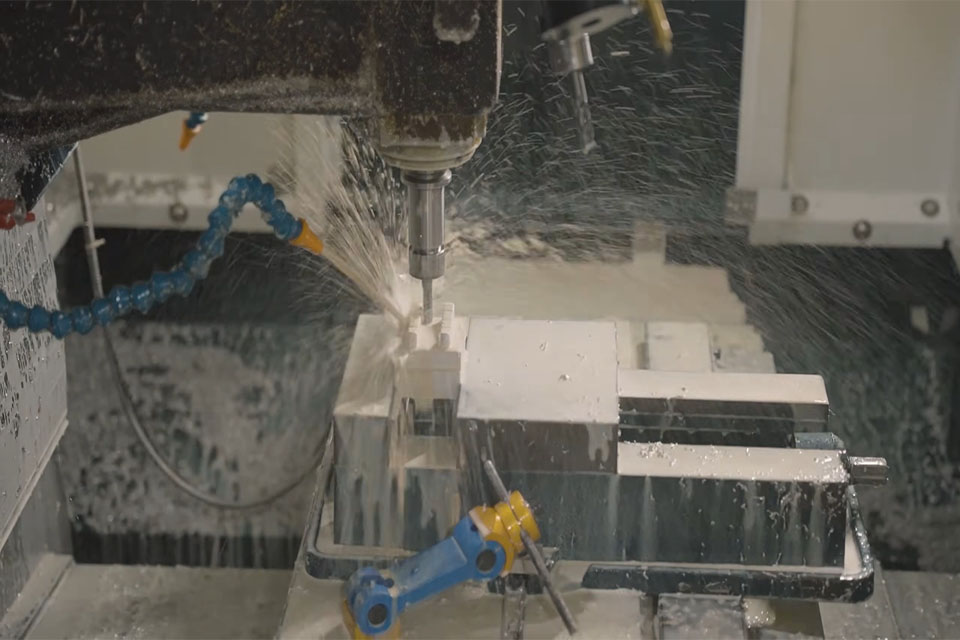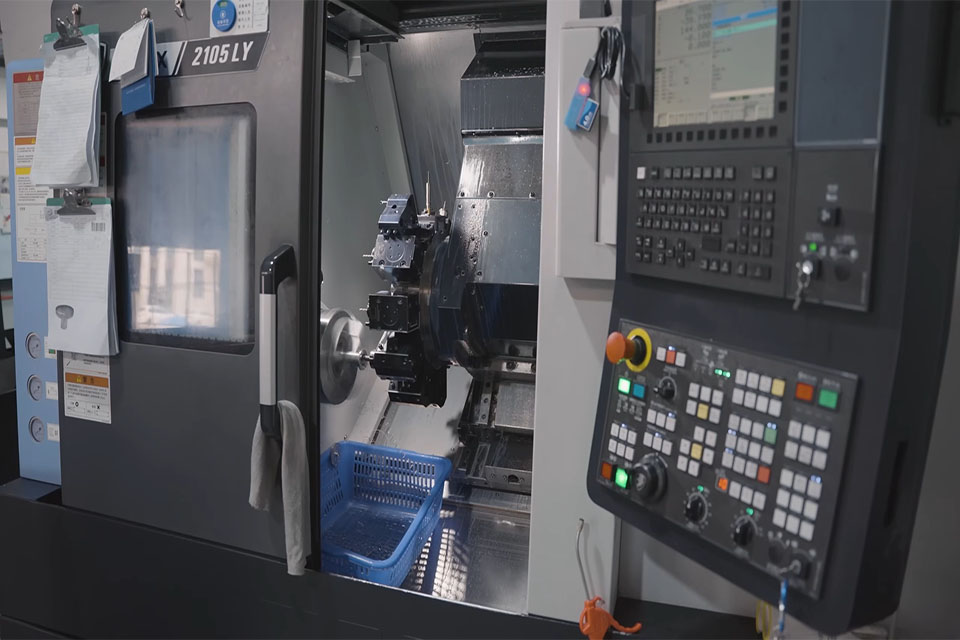
- +8615586668226
- [email protected]
- رقم 30، حديقة هونغبانغ الصناعية، شينزين

Chrome plating has revolutionized manufacturing by offering solutions that balance aesthetics and performance. From التصنيع الآلي باستخدام الحاسب الآلي إلى التصنيع الآلي الدقيق, chrome plating plays a critical role in enhancing product durability and visual appeal. Let’s explore how this process works and why it’s indispensable across industries.
Chrome plating, also known as chromium plating or chrome electroplating, involves depositing a thin layer of chromium onto a substrate. This process improves wear resistance, corrosion protection, and surface hardness while delivering a polished, reflective finish.

The chrome plating process involves six key stages:
| Chemical | الدور |
|---|---|
| Chromic Acid (CrO₃) | Provides chromium ions for the chrome layer. |
| Sulfuric Acid (H₂SO₄) | Balances bath chemistry for uniform coverage. |
| Hydrochloric Acid (HCl) | Cleans the surface during activation. |
| Sodium Hydroxide (NaOH) | Removes grease and oil before plating. |
| Fume Suppressants | Minimizes toxic fumes during hexavalent chrome plating. |

Decorative Chrome Plating: Enhances appearance with a shiny finish.
Hard Chrome Plating: Focuses on durability and wear resistance.
Thin Dense Chrome Plating: Reduces friction and improves precision.
| الصناعة | التطبيقات |
|---|---|
| السيارات | Engine components, bumpers, exhaust pipes |
| الطيران والفضاء | Landing gear, turbine blades |
| الأجهزة الطبية | Surgical instruments, dental equipment |
| السلع الاستهلاكية | Kitchen utensils, door handles |

The cost of chrome plating depends on:
Hexavalent chromium poses risks such as respiratory issues and skin conditions. To mitigate these:
| التقنية | المزايا | العيوب |
|---|---|---|
| طلاء النيكل | Smooth finish, better for complex shapes | Lacks hardness of chrome |
| طلاء المسحوق | Color variety, eco-friendly | Less durable |
| الطلاء بأكسيد الألومنيوم | Allows coloring, matte finish | Lower abrasion resistance |
What materials can be chrome plated?
Steel, stainless steel, aluminum, brass, copper, plastic, zinc die-cast, and titanium.
How long does chrome plating last?
5 to 20 years, depending on usage and maintenance.
Can chrome plating be removed?
Yes, through mechanical removal, chemical stripping, or reverse electroplating.
Is chrome plating environmentally friendly?
Trivalent chrome is safer, but hexavalent chrome requires strict safety protocols.
What industries benefit most from chrome plating?
Aerospace, automotive, medical devices, electronics, and industrial equipment.

العنوان
رقم 30، متنزه هونغبانغ الصناعي، شينزين
البريد الإلكتروني
[email protected]
الهاتف
+86 15586668226
احصل على أحدث الاتجاهات والحقائق حول التصنيع باستخدام الحاسب الآلي من مدونتنا.
شركة Shenzhen Runkey Precision Technology Co. Ltd، وهي شركة تابعة لمجموعة Tensun Group، هي الحل الشامل الموثوق به للتصنيع المخصص بدءًا من النماذج الأولية وحتى الإنتاج، حيث إنها تحول فكرتك إلى واقع ملموس من خلال موارد التصنيع الرقمية، والعمليات المبسطة، وتوجيهات الخبراء، والجداول الزمنية المتسارعة، والجودة التي لا تقبل المساومة.
©2024. التصنيع باستخدام الحاسب الآلي جميع الحقوق محفوظة.